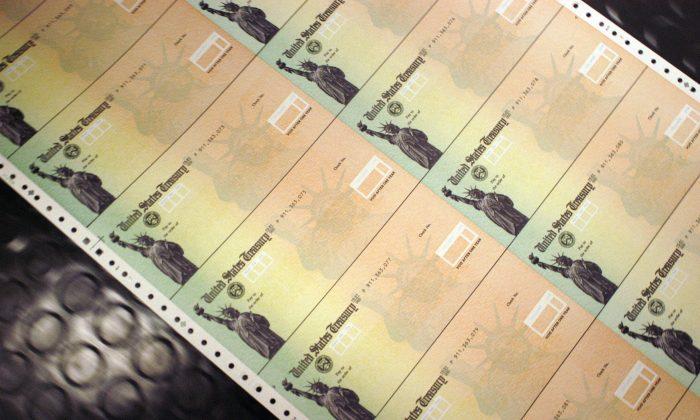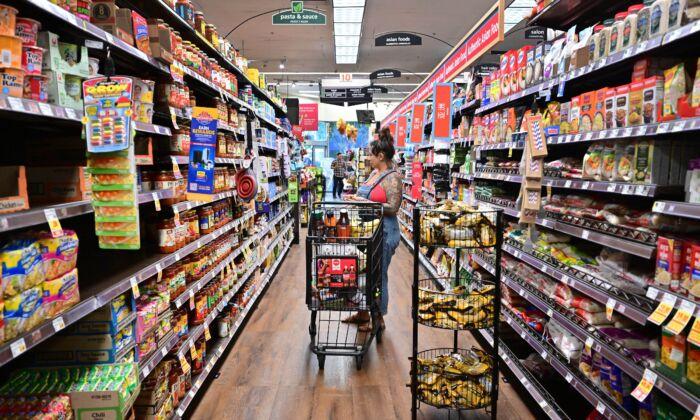President Donald Trump said he plans to impose 25 percent tariffs on steel and aluminum imports on Feb. 10.
“Any steel coming into the United States is going to have a 25 percent tariff,” he told reporters on Feb. 9 on Air Force One as he flew from Florida to New Orleans to attend the Super Bowl. When asked about aluminum, he told reporters that it will also be subject to the trade penalties.
White House spokeswoman Karoline Leavitt said that the new tariffs would come on top of the existing duties on steel and aluminum.
Trump also told reporters that he would soon announce “reciprocal tariffs” on Feb. 11 or Feb. 12, meaning that the United States could impose duties on products from countries that have placed tariffs on U.S. goods.
“If they are charging us 130 percent and we’re charging them nothing, it’s not going to stay that way,” he told reporters.
“Where a country ... charges us so much, and we do the same,” he said. “I think that’s the only fair way to do it. That way, nobody’s hurt.”
During the campaign, Trump often said that he would place tariffs on a variety of goods and countries, sometimes even suggesting that the United States could abolish the income tax in favor of tariffs.
Earlier this month, he warned that he would place a 25 percent tariff on goods from Canada and Mexico, along with a 10 percent tariff on Chinese goods, if those countries did not curb illegal immigration or fentanyl production and trafficking into the country. Ultimately, he pushed back the Canada and Mexico tariffs by a month after the leaders of the two countries agreed to strengthen their border security.
Both Mexico and Canada said they would send thousands of troops to their respective borders with the United States to stanch the flow of illegal immigrants and fentanyl trafficking. The 10 percent tariff on China took effect on Feb. 4.
Chinese regime officials said this month that they would implement a 15 percent tariff on U.S. coal and liquefied natural gas along with a 10 percent tariff on oil, large-engine cars, and agricultural machinery in response to Trump’s additional tariff.
In his first term in office, Trump imposed tariffs of 25 percent on steel and 10 percent on aluminum. He later granted several trading partners duty-free quotas, including Canada, Mexico, and Brazil.







